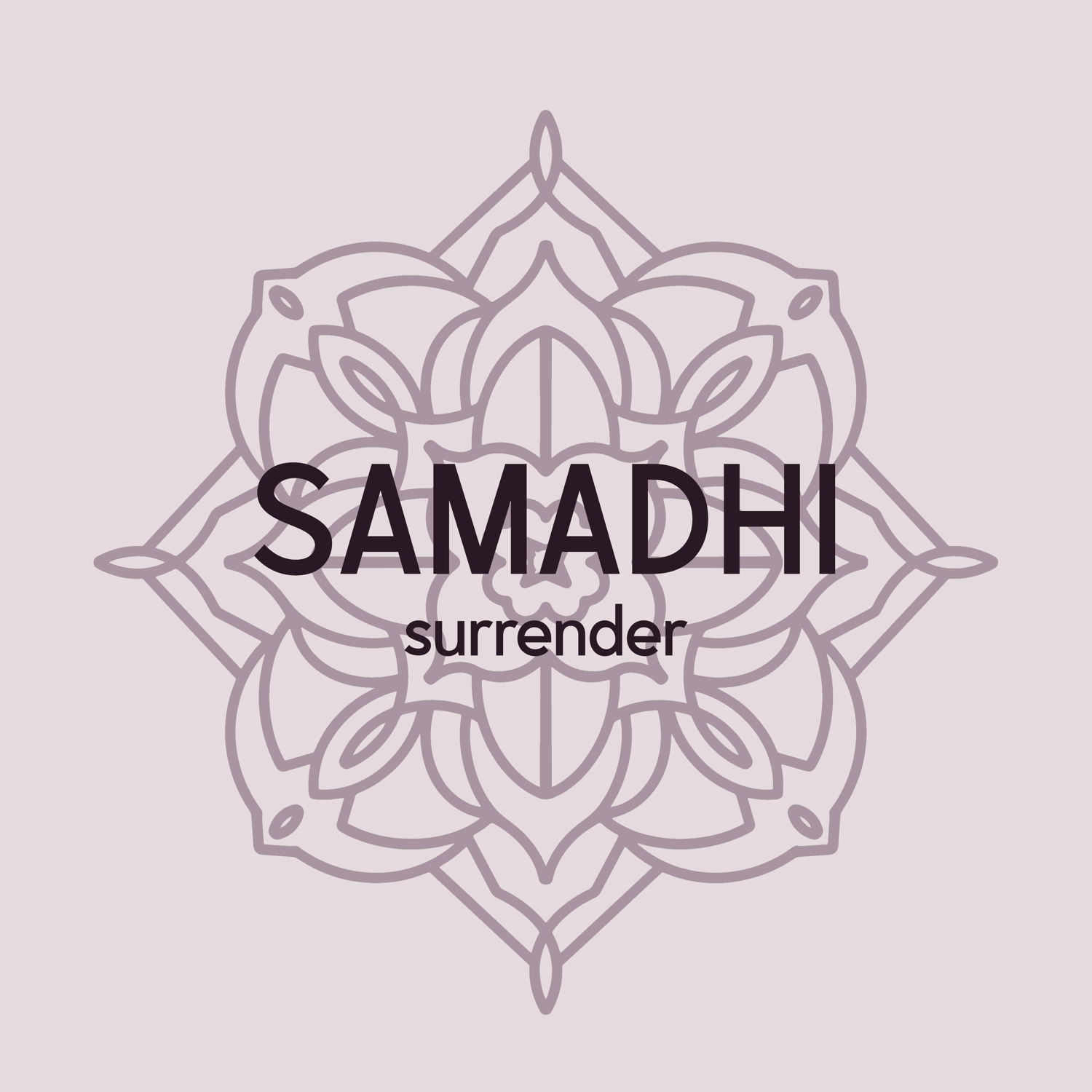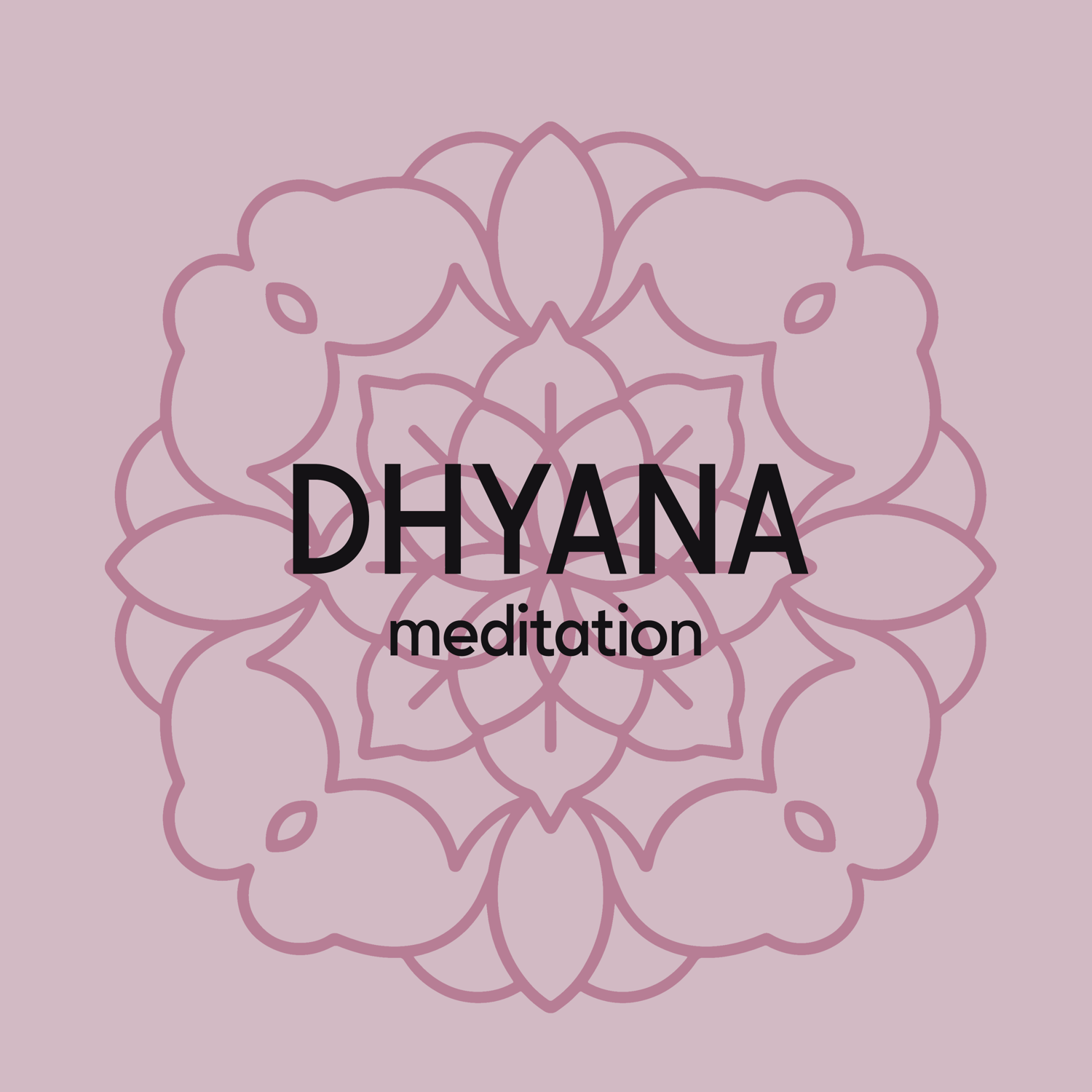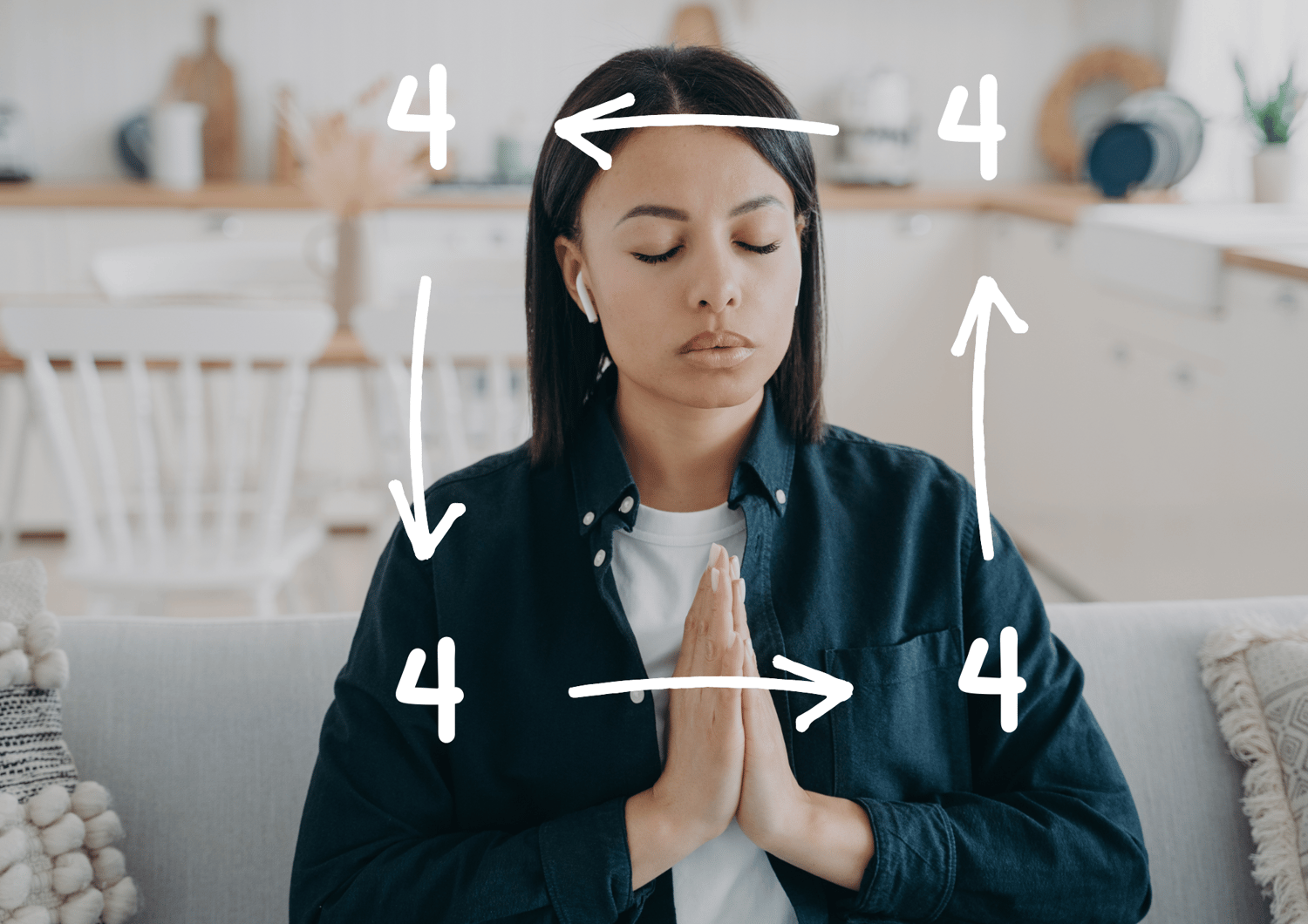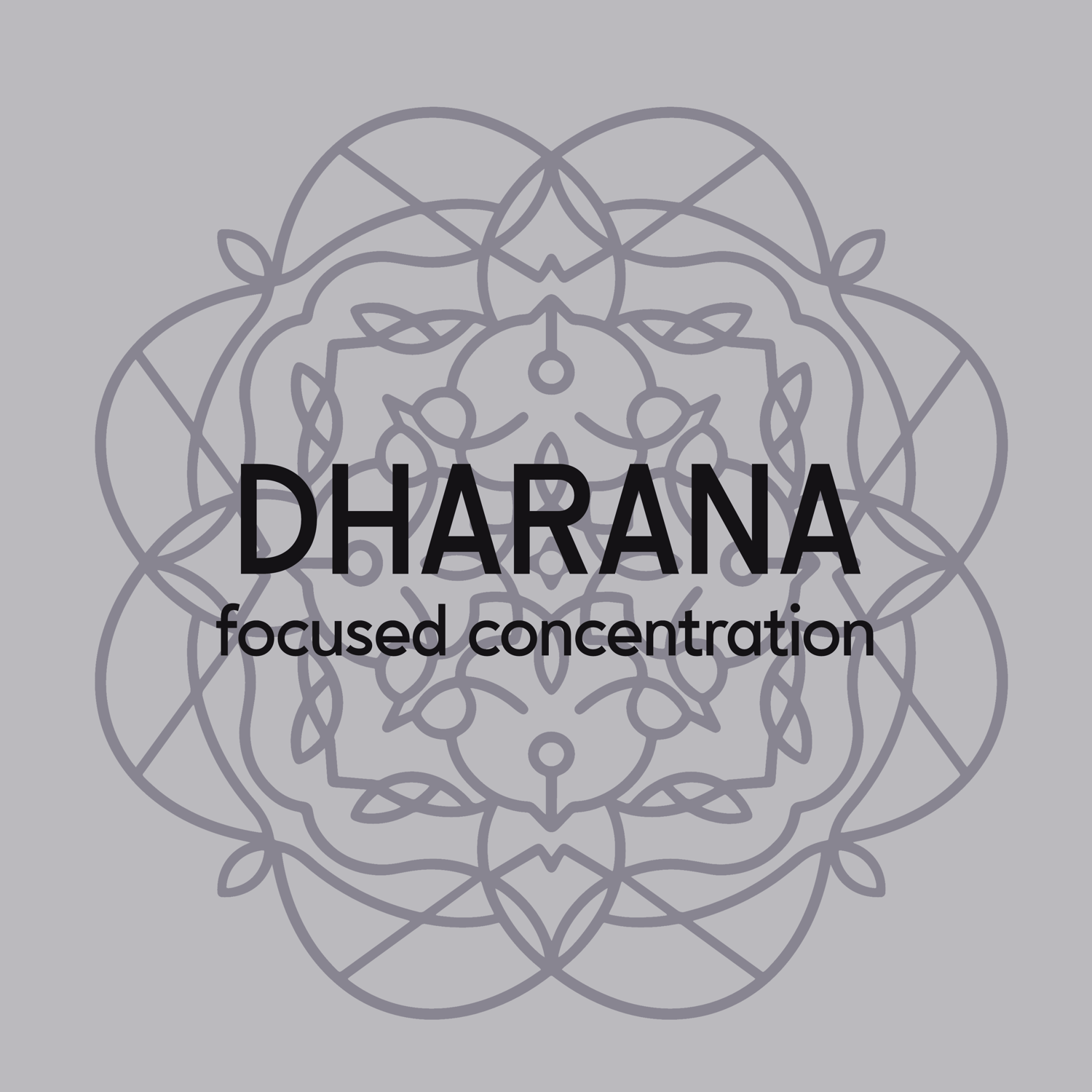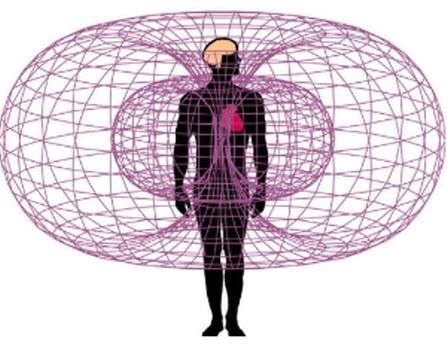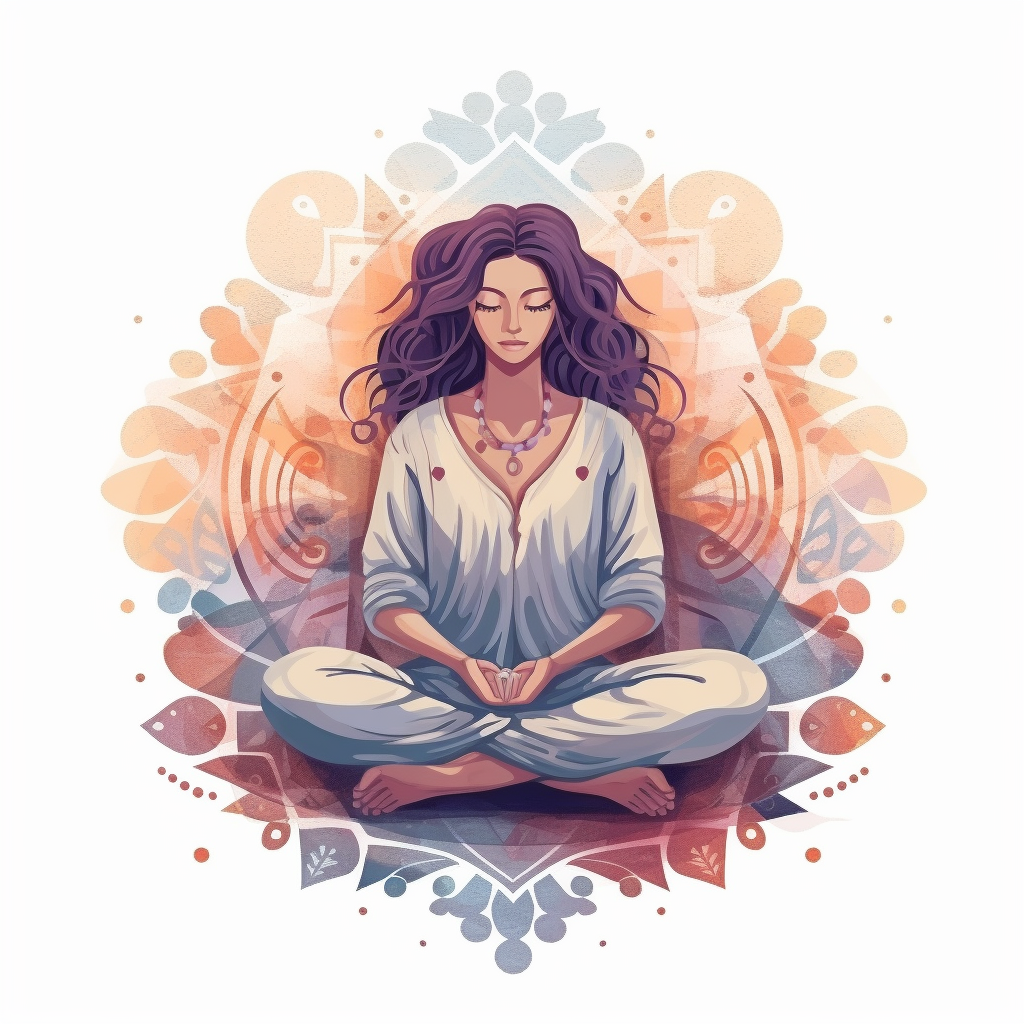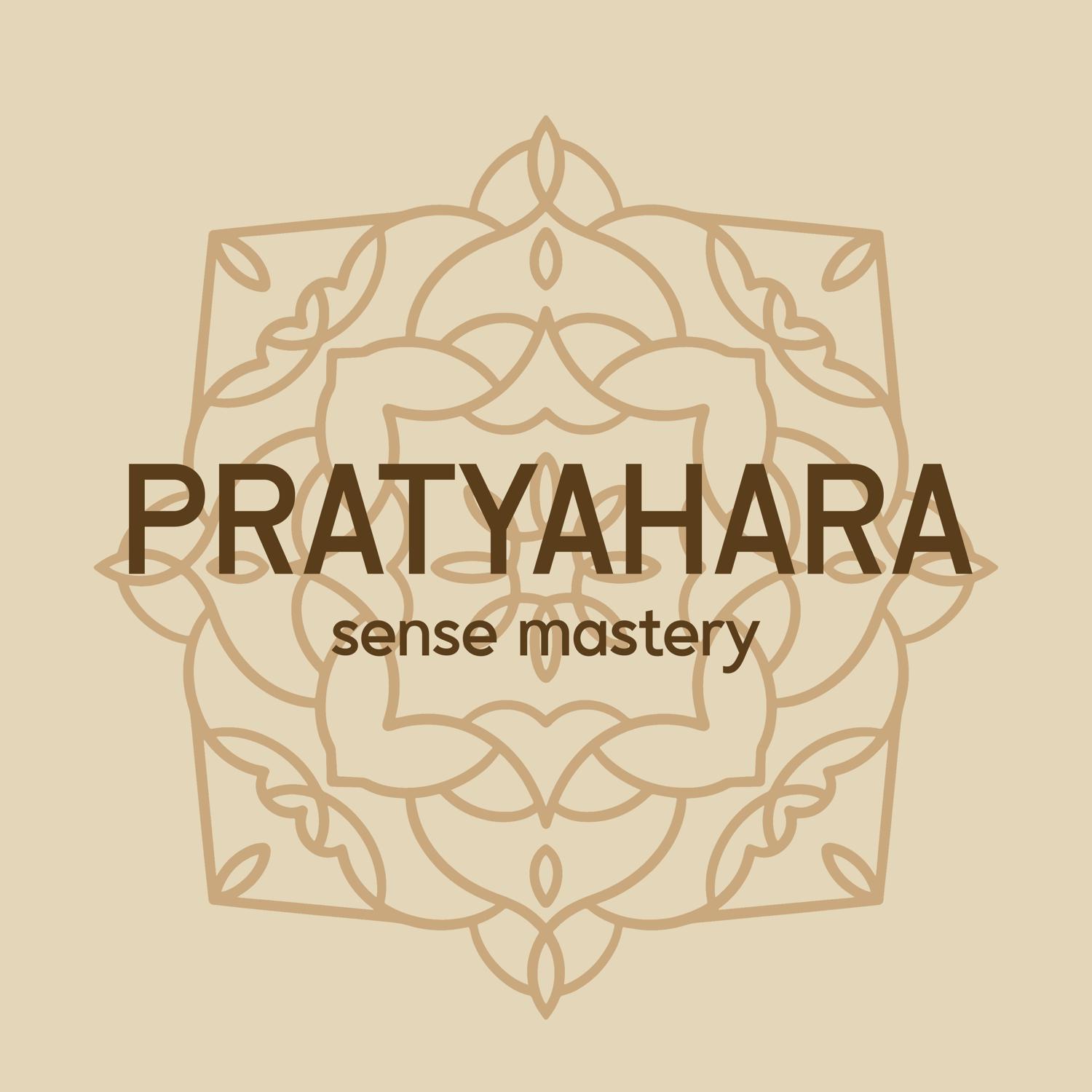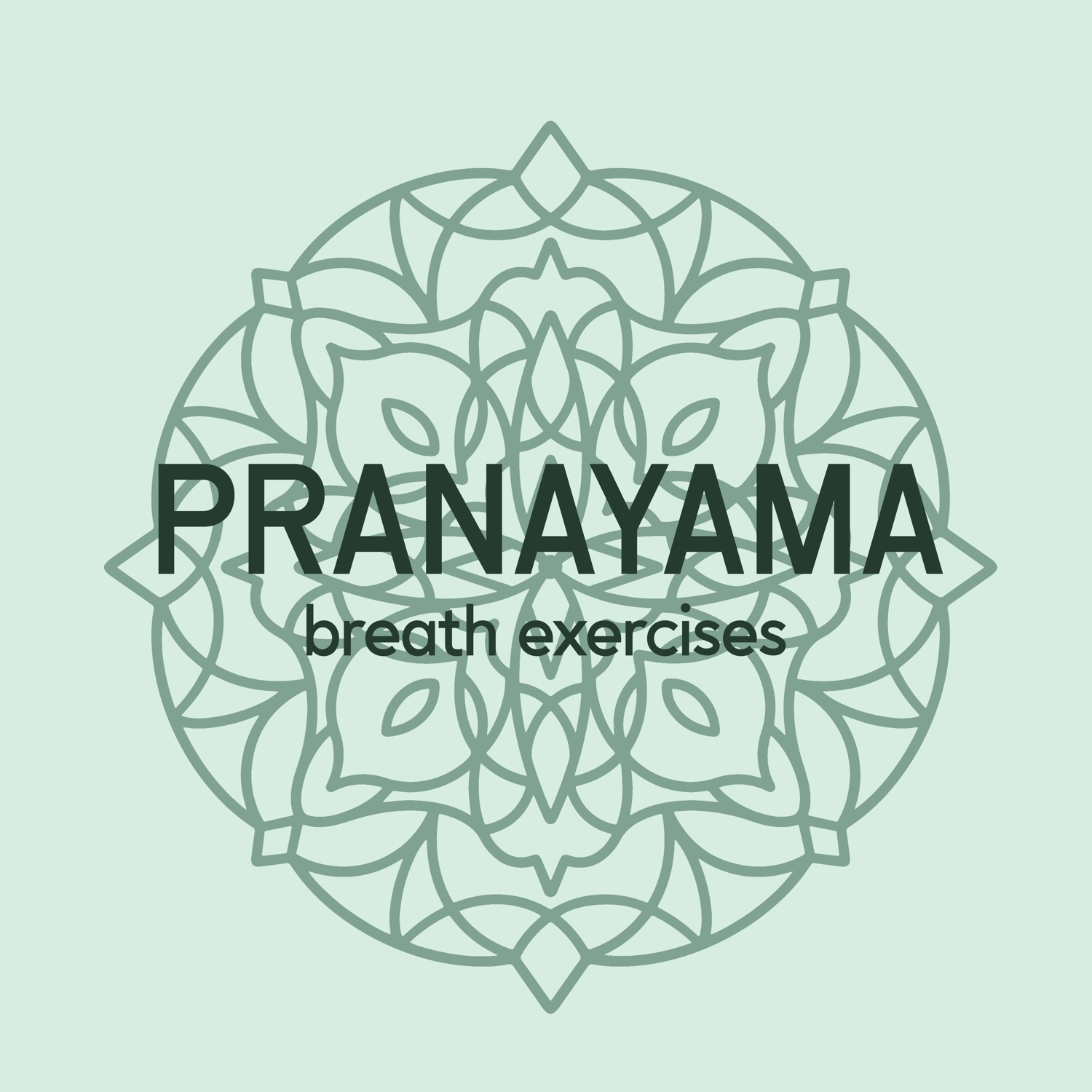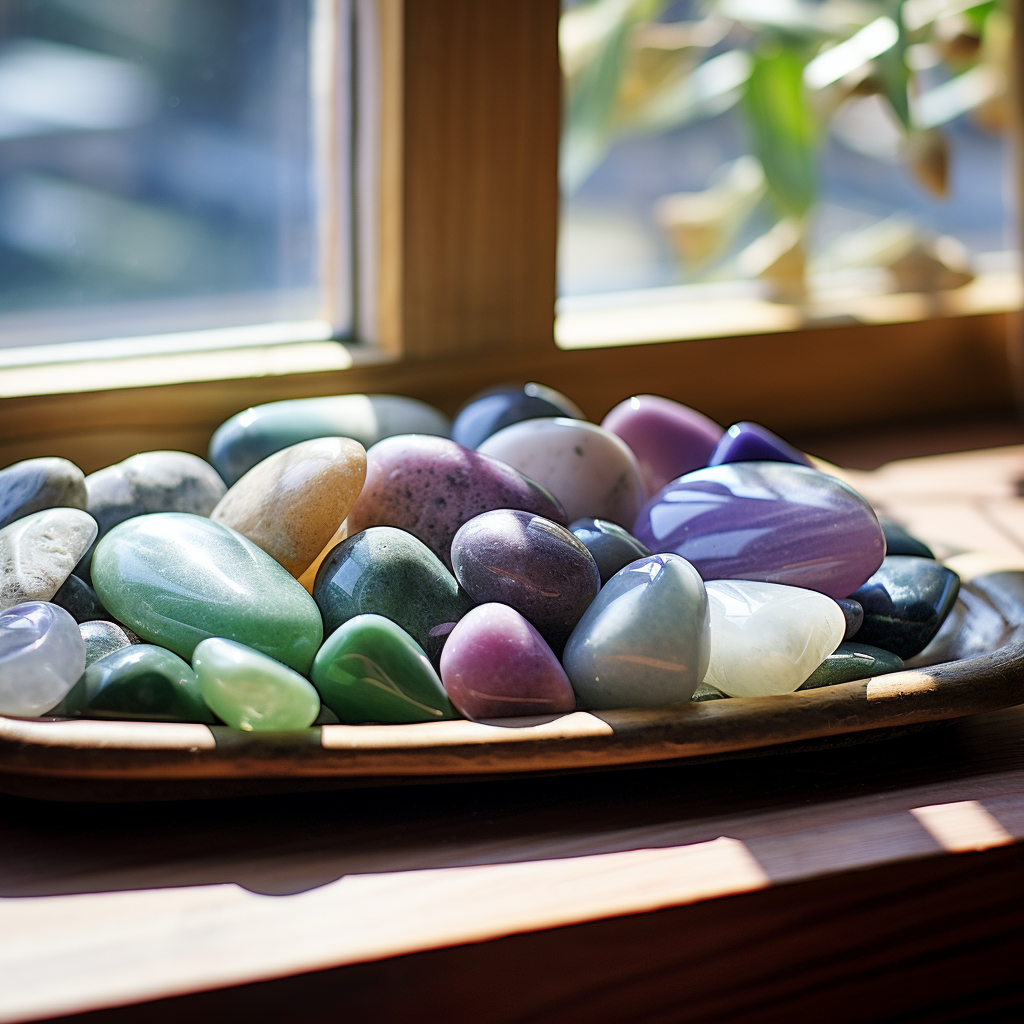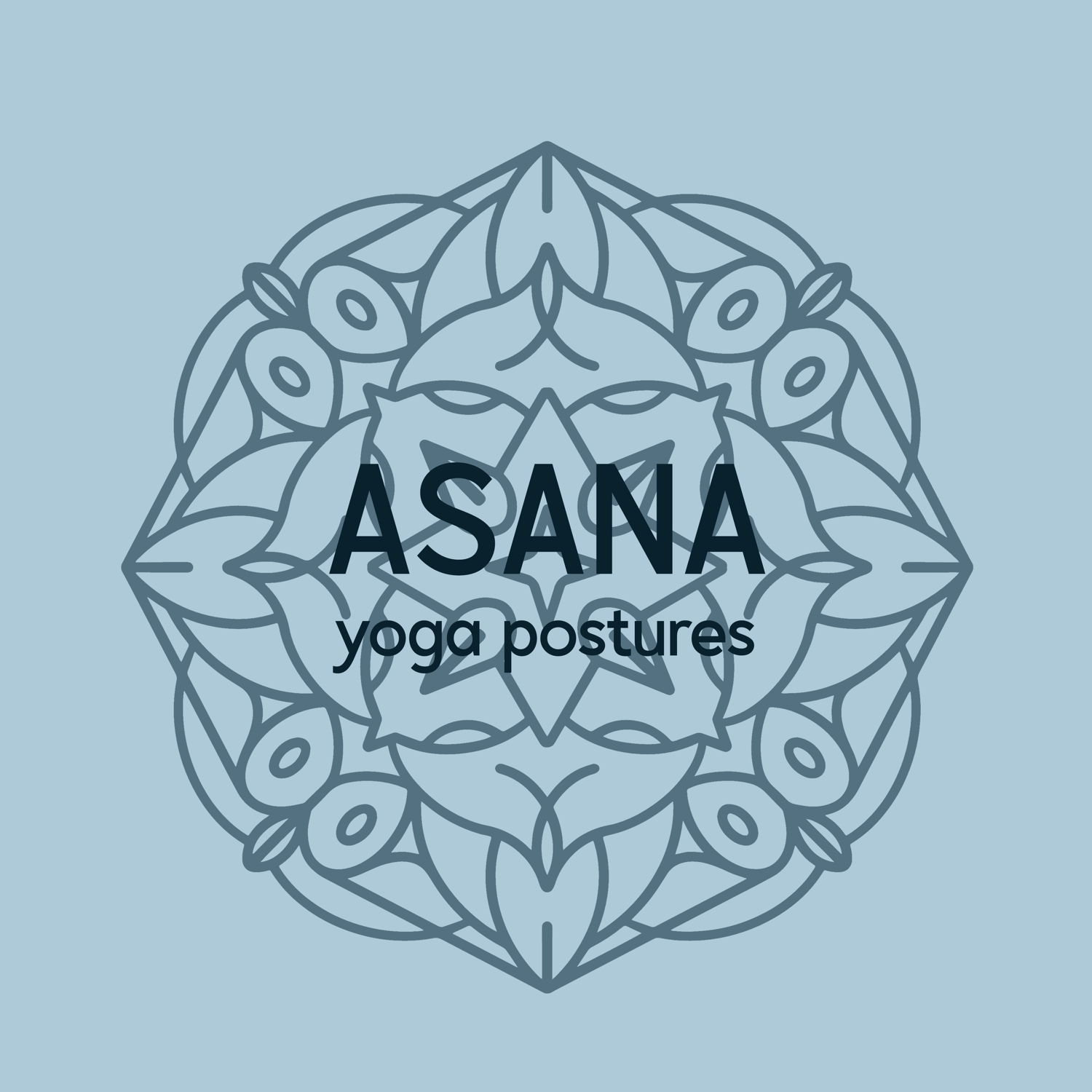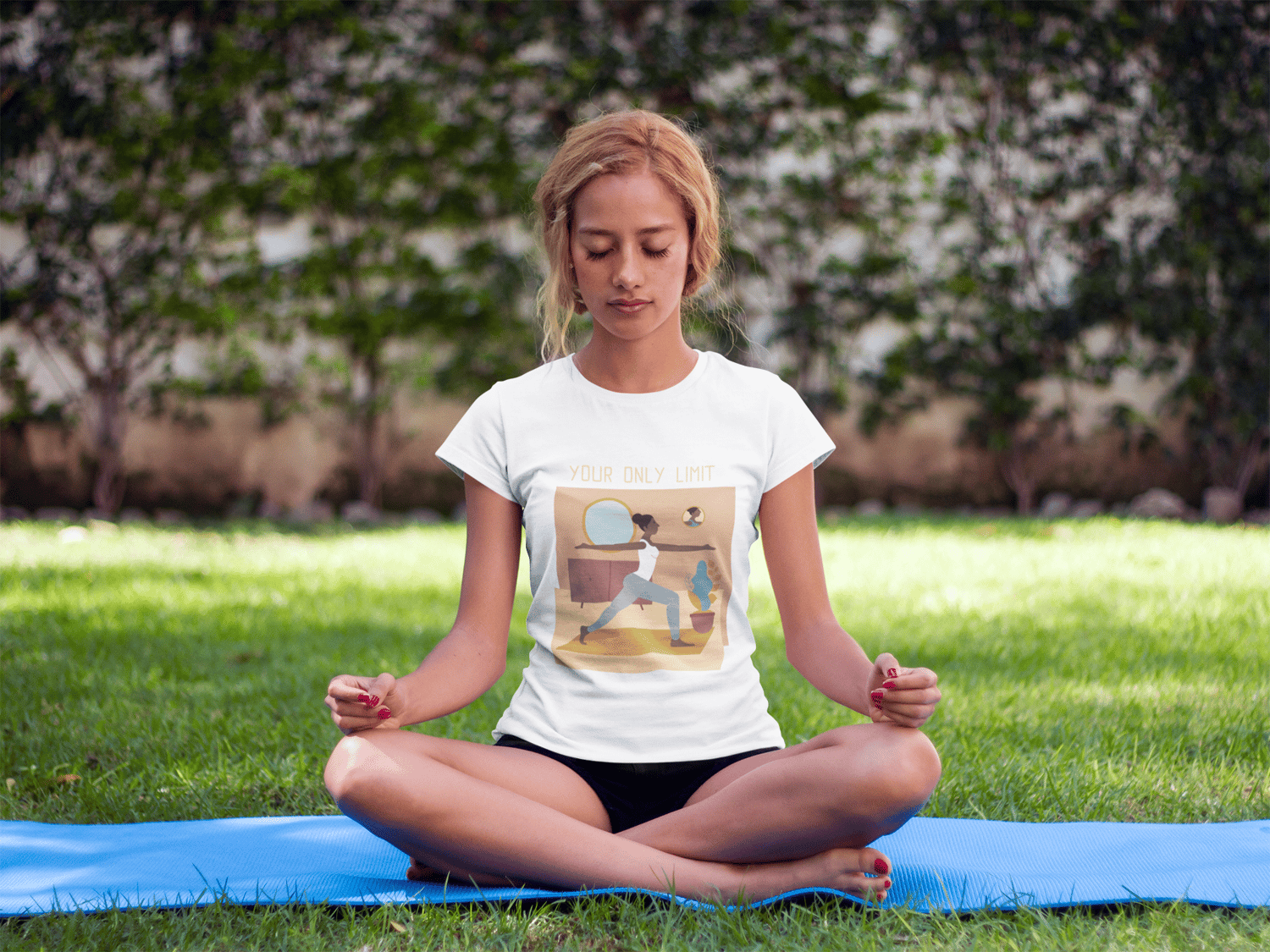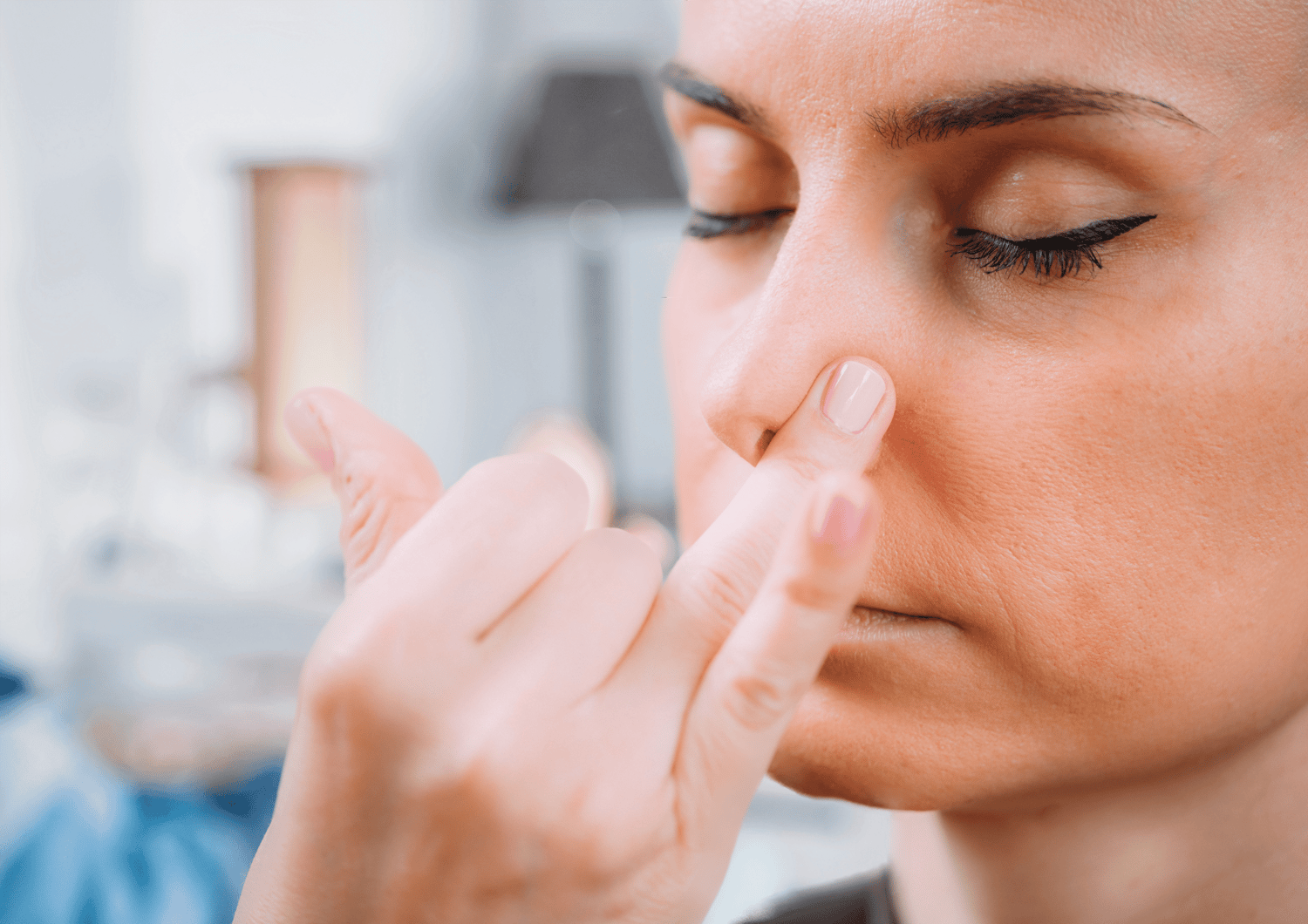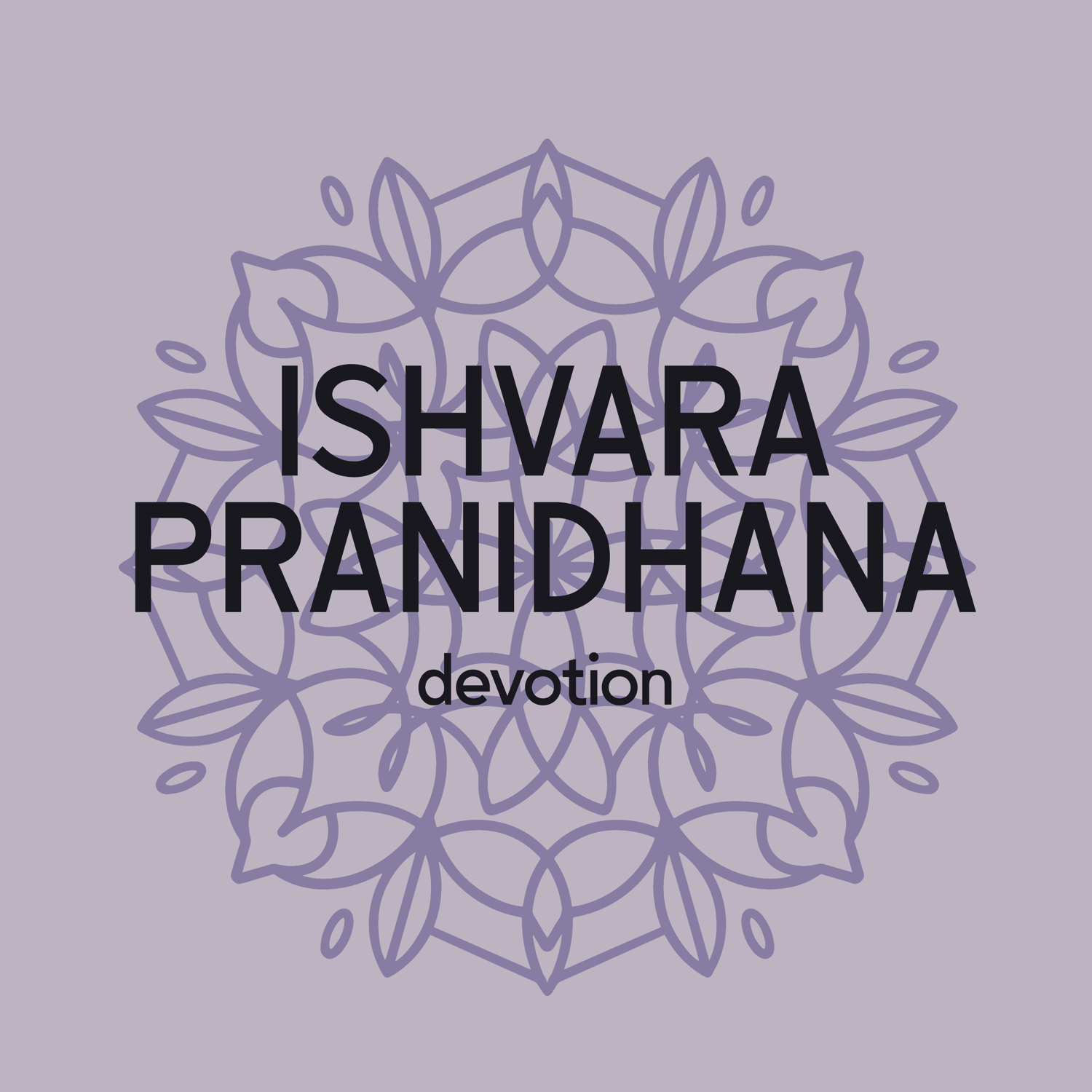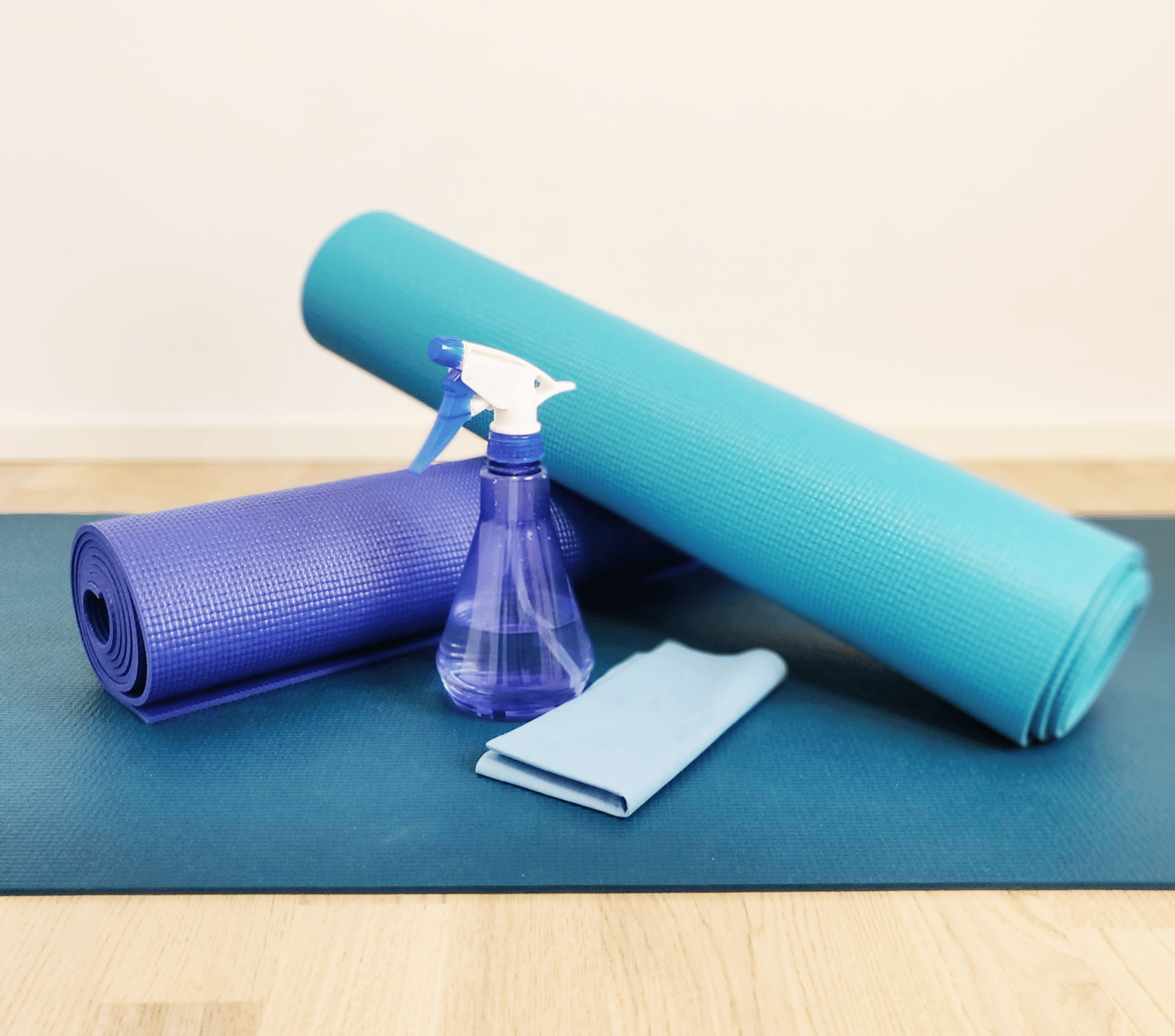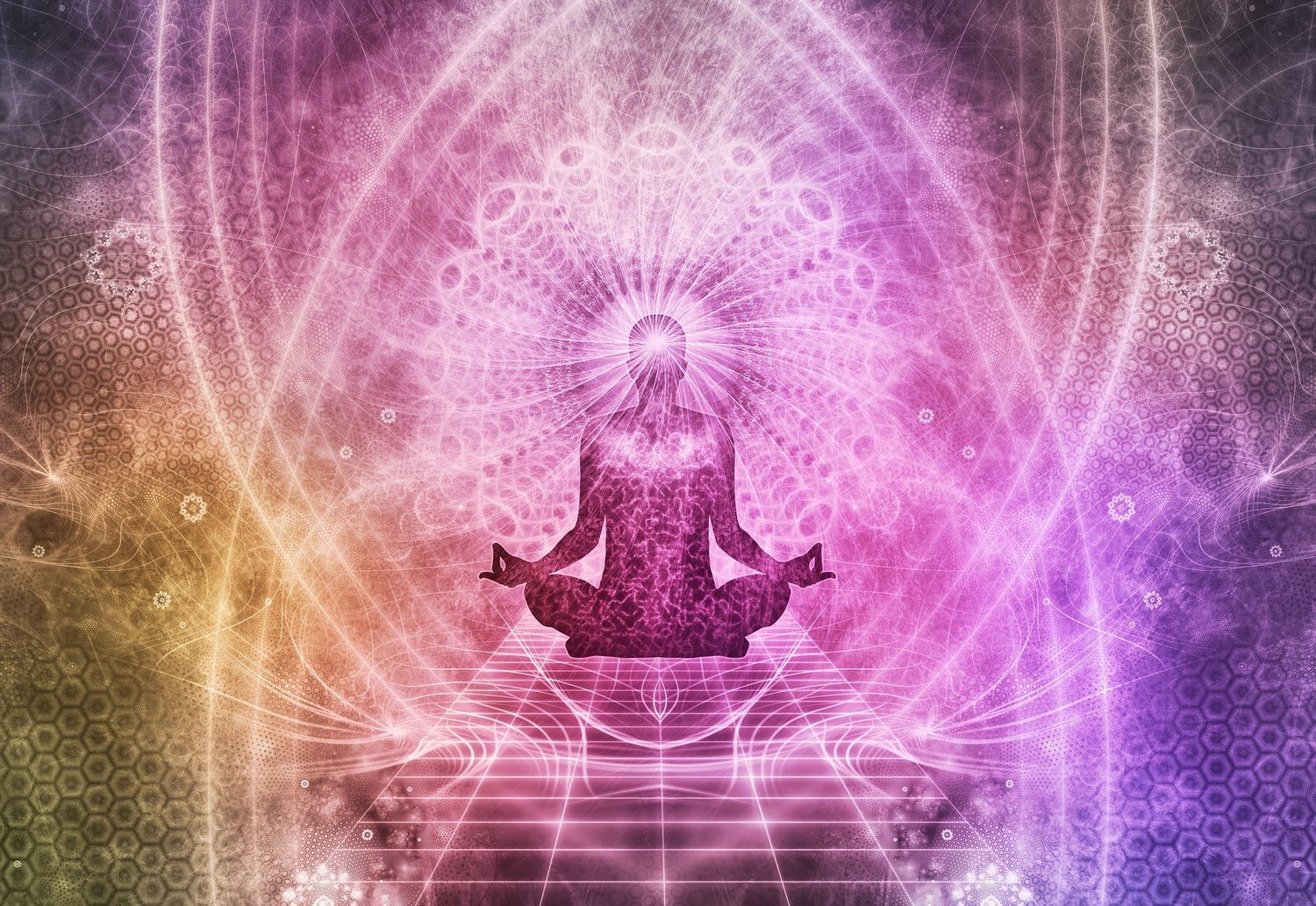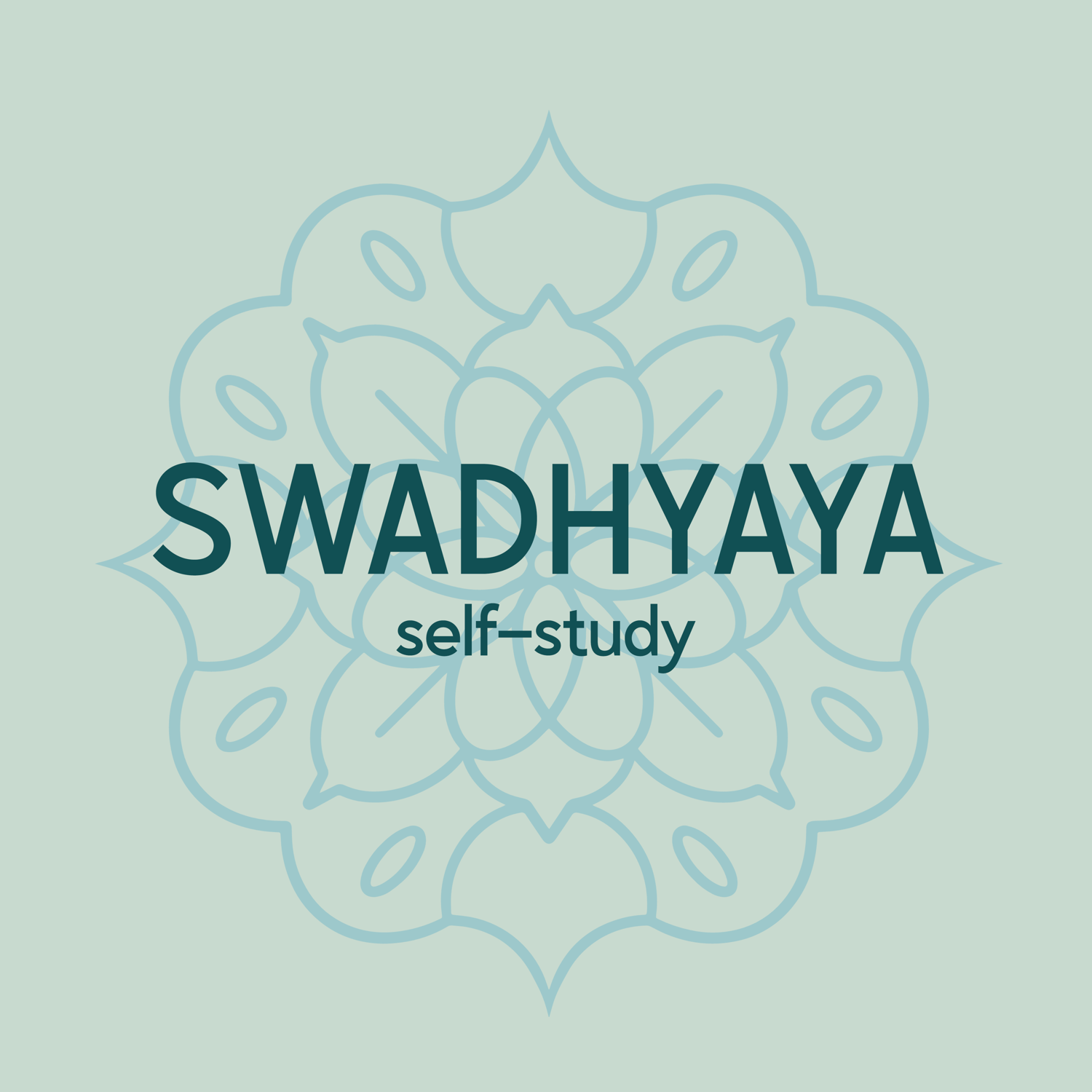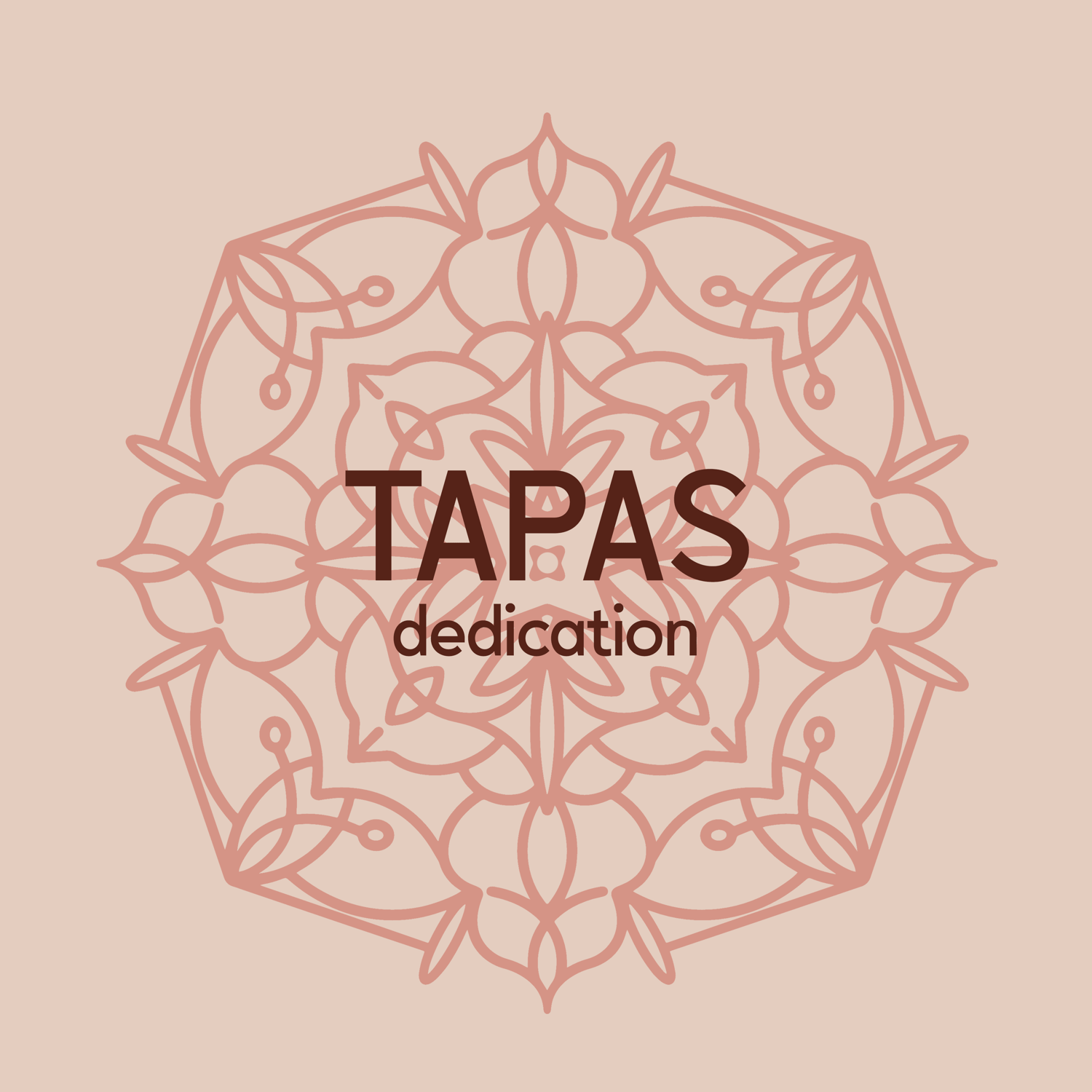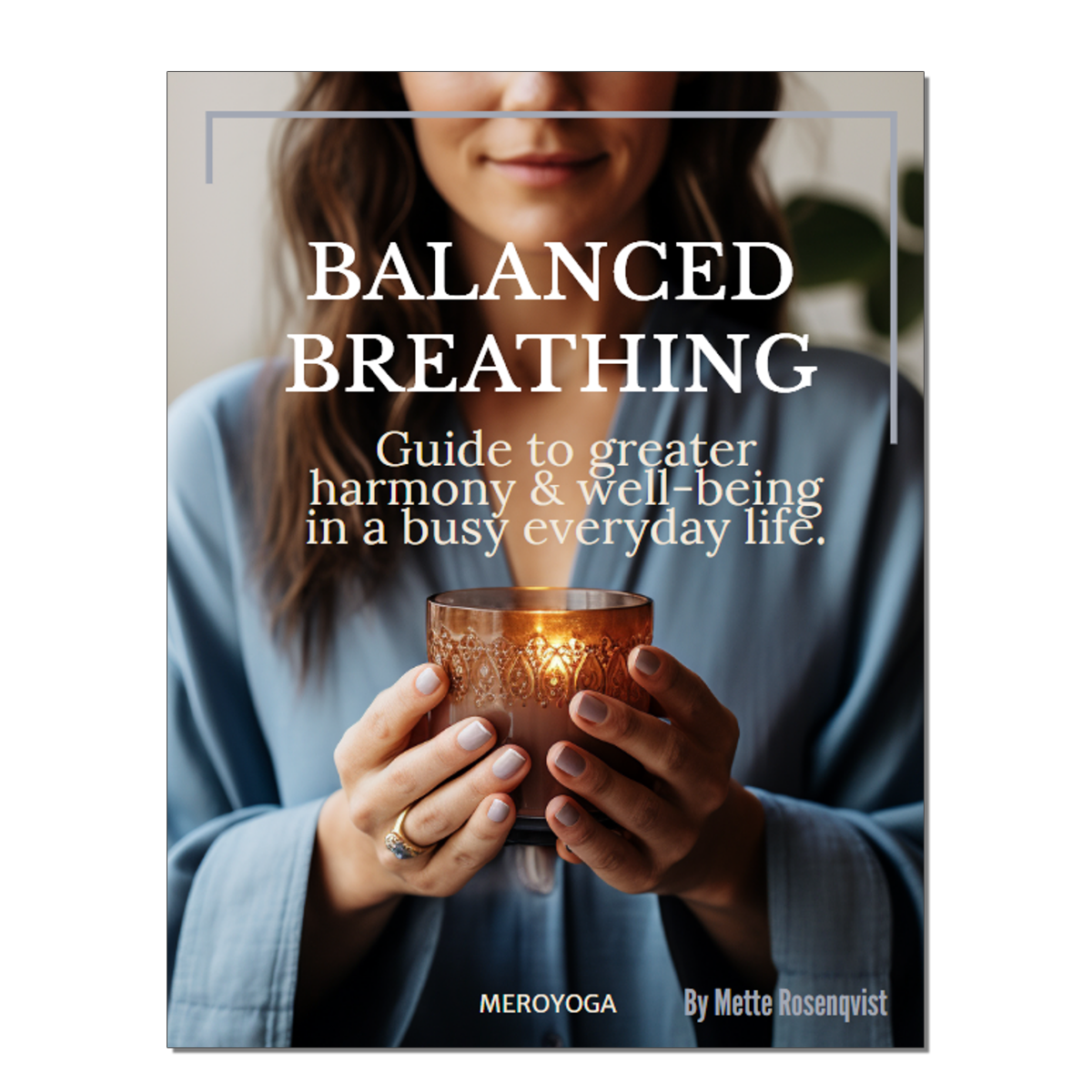Let me tell you what the key to success is - Breaks!
In a world where the mantra "sleep when you're dead" is worn like a badge of honor, it can be hard to insist on your right to take breaks, both for yourself and for others.
Yet, what if the secret ingredient to achieving unparalleled success and maintaining your well-being was something as simple, and as radical, as taking a break? Taking strategic breaks is not just beneficial—it's crucial for your long-term productivity, creativity, and overall health.
In the world of competitive sports, the difference between being number one or number two is not so much the training and personal ability, all athletes have an arsenal of highly skilled trainers and coaches and are operating at a high level. No, the difference lies in their ability to rest, and the level of restitution incorporated into their practice; ice baths, compression pants, mindfulness, yoga, sleep, nutrition, and off days play a vital if not crucial part in success.
So, what if you, by prioritizing your restitution and rest, were actually mimicking successful high-level athletes? Would this make it easier to justify your need for rest?
The belief that a constant workload equates to productivity, and, by extension, success is deeply ingrained and glorified both in social media and the corporate world. However, this commitment to non-stop work is not only misguided but counterproductive. The truth is that taking breaks is essential for maintaining mental health, bolstering creativity, and enhancing efficiency.
Know that the brain requires downtime to process information, consolidate memory, and replenish its stores of attention and motivation, and the body movement, hydration and rest to stay healthy and functioning at a high level.
Rest equals strength.
The misguided perception that rest, sleep, and taking breaks are equal to weakness or a lack of dedication, couldn’t be more wrong. In reality, asking for and taking breaks is a profound demonstration of strength and insight. Knowing yourself well enough to know when enough is enough and when you need to take time out and rest indicates a high level of self-awareness and being able to act on this indicates both confidence and strength.
Taking regular breaks significantly enhances performance and improves decision-making capabilities. Breaks help replenish the brain’s reserves of focus and creativity, thereby preventing burnout and facilitating more effective problem-solving skills.
Charles Darwin is said to have been known for his short working hours but immense productivity and groundbreaking contributions to science. He is said to have incorporated mid-morning walks, after-lunch naps, and leisure activities like gardening and reading into his days. Prioritizing and taking time to rest apparently did wonders for his level of productivity and innovation!
I challenge you to change the outdated model of continuous labor and open the door to a more enlightened approach to work—one where taking breaks is recognized as a strategic tool for achieving peak performance – in work as well as personal health.
Let me introduce you to five simple, yet transformative, guidelines for taking breaks that truly rejuvenate and empower you.
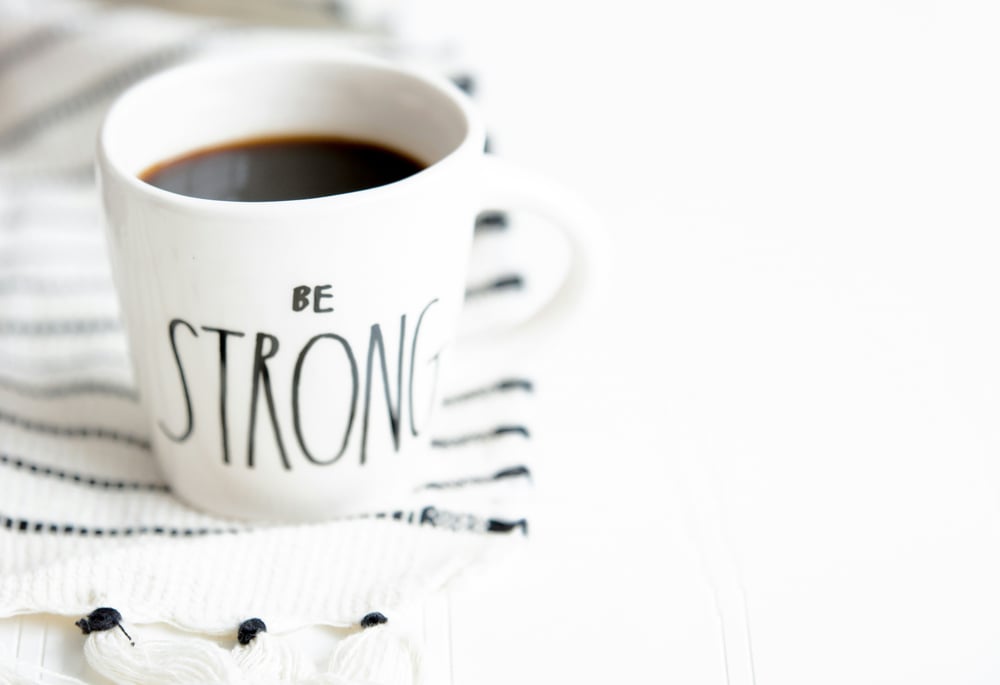
5 simple ways to make your breaks even better.
1. Doing a little beats nothing.
It's crucial to understand that even a little rest can have a profound impact—far surpassing the option of doing nothing at all. Short breaks, even as brief as five minutes, have significant cognitive benefits and aid in stress reduction. A mini-pause in your workday allows your brain to take a breath, reducing the mental fatigue that accumulates with prolonged focus on tasks. It's an opportunity to step back, clear your mind, and return with renewed energy and perspective.
What a short break can look like?
- Do a quick stretch or two, sitting in your chair or standing up.
- Take 10 deep abdominal breaths, releasing tension in your stomach and reconnecting with your body.
- Step away from your desk and go make a cup of tea or coffee.
- Have a toilet break, and use the restroom farthest away from your desk to increase the walk.
- Turn towards a window and simply gaze out at the scenery allowing your mind to wander freely.
- Look out the window and try to find 5 objects of similar color, shape, or texture.
- Simply close your eyes and connect with your breath, allowing yourself to feel the texture of air moving in and out of your lungs.
When it comes to taking breaks, doing something—no matter how small—always beats doing nothing.

2. Fully detached beats semi-detached.
A truly restorative break allows you to be fully detached from what you are doing. The ability to mentally disconnect from work-related tasks and thoughts during breaks is fundamental for the full benefit of a break. It's about giving the mind a genuine break from the constant bombardment of impulses and demands. This allows your mind to rest and rejuvenate.
What being fully detached can look like?
- Leave your computer and phone at your desk when taking a break, or
- Turn off notifications and/or mute your phone and computer.
- If possible, leave your work area during breaks, a change of scenery signals your brain that it's time to relax and recharge.
- Engage in mindfulness exercises, breathwork, or a brief meditation.
- Anker yourself in the present moment, by letting yourself become aware of where your body is in space – and feel all the places where body parts are supported by the floor, a chair, a table, etc.
- Do something different. Do an activity unrelated to your work to occupy your break time.
- Do some recreational reading, doodling, or have a casual conversation with someone.
By being detached from your work, you not only maximize the restorative power of your breaks but also set the stage for enhanced engagement and creativity when it's time to get back to work.

3. Moving beats stationary.
The transformative power of integrating movement into your breaks cannot be overstated. Shifting from being stationary to physical activity, even briefly, offers profound benefits for both the mind and body. Physical movement isn’t just about counteracting the sedentary nature of desk work; it’s a potent catalyst for refreshing the mind, boosting mood, and enhancing creative thinking. Stretching, a brief walk, or even some light exercises will significantly improve blood circulation, leading to better oxygen flow to the brain and increased energy.
What moving can look like?
- Do some stretches at your desk. Shoulder shrugs, arm stretches, and seated leg lifts can all be discreetly done at your desk.
- If seated, stand up and take a brief walk, even if it’s just around the room.
- Do a quick, equipment-free exercise like squats, wall push-ups, or a few yoga poses.
- Take a mindful walk where you focus on your surroundings and the sensation of movement.
- Do a shake, important note here - you might want to inform your coworkers of what it is you are doing beforehand, they don’t call for medical assistance! Stand up and start by shaking your hands, then arms, and then your whole body.
- Dance around a little, put on your headphones, or invite the whole room and listen to an upbeat song and just move your body.
- Go for a walk outside.
- Find the stairs and do 3-5 laps of going up and down one level of stairs.
- Instead of calling a coworker, get up and go to their office.
Incorporating simple movement into your break routine not only combats the physical stagnation of sitting but also clears the mental cobwebs.

4. Being social beats solo.
The value of social interaction during breaks extends far beyond mere camaraderie; it serves as a powerful tool for rejuvenating the mind and fostering a sense of belonging. Engaging in even brief conversations with colleagues or friends can significantly lift your mood, reduce stress levels, and enhance your overall well-being. Social breaks facilitate a shared experience, often leading to laughter and relaxation, which are powerful antidotes to the pressures of work.
What social breaks can look like?
- Do a quick, non-work-related check-in with a colleague about their day or personal interest.
- Arrange a group activity, such as a team coffee break or a short walk.
- If you’re working remotely, do a video call (again non-work-related) with a coworker.
- Use your break as an opportunity to connect with someone new in your organization, either in the break room or simply in the hallway.
- Call up a friend or family member and check-in.
- Have a walk buddy, and schedule a walk break every day at a specific time.
- Schedule a coffee break with someone and pick a (non-work-related) topic to discuss.
- Send a sweet text to a loved one or call them.
Being social not only enriches your workday with meaningful interactions but also leverages the collective energy of those around you, leading to a more fulfilling work environment.

5. Being outside beats inside.
Stepping outside into nature, even if just for a few minutes, has remarkable benefits for both mind and body. The simple act of being in a natural environment or even viewing green spaces can significantly reduce stress, enhance mood, and improve cognitive function. Going outside during the day will expose you to natural light which helps regulate your sleep cycles and vitamin D levels, contributing to your overall health and well-being. Being outside allows for an enriched sensory experience - feeling the breeze, hearing birdsong, seeing the vastness of the sky- which all act as natural refreshers that rejuvenate the spirit.
Even in urban settings, there are numerous ways to integrate nature into your breaks.
What being in nature can look like?
- Take a walk in a nearby park.
- Seek out a courtyard, garden, or even a tree-lined street where you can spend your break time.
- Use your break to practice mindfulness or meditation in an outdoor setting, focusing on the natural elements around you to foster a sense of peace and grounding.
- Do a brisk walk, alone or together with a coworker.
- Do some light exercises like stretching or yoga in an outdoor space.
- Have your lunch break outside.
- Have a coffee break outside.
- Go outside and find a spot to sit and just observe your surroundings.
- If you’re not able to get outside, open up a window, and sit in the breeze from the fresh air.
- Go for a mindful walk outside, focusing on all your senses, or pick one sense to focus on. Focus on what it feels like, looks like, sounds like, smells like, and tastes like to be outside.
- Pick a shape or a color and take a walk outside, focusing on noticing as many objects as possible of this shape. You can even make it into a friendly competition by bringing a coworker.
Prioritizing to get outdoors during your breaks allows you to take advantage of nature’s restorative effects and also breaks the monotony of indoor environments.

Moving forward.
Understanding the importance of balancing your work with rest, and taking regular breaks is not only beneficial but necessary for a sustained way of living. Regular breaks and time spent in nature can dramatically reduce stress, enhance mental health, and improve cognitive function—factors essential for overall health and mental well-being.
So, instead of filling your days with endless work, create a structured daily routine that prominently features periods of rest and leisure, not only will this vastly improve your productivity, but it will also work to prevent burnout and improve your overall well-being and health.
Now go, and enjoy your vastly improved breaks!



